The discovery of an abandoned vehicle and a bloody crime scene launches a years-long hunt for the killer of 42-year-old Sonia Varaschin.
Episode Media

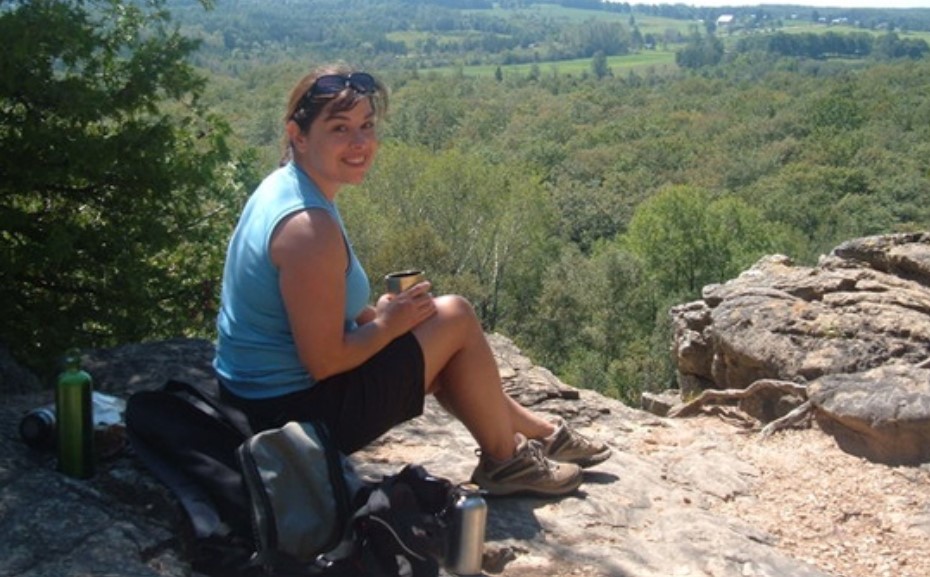
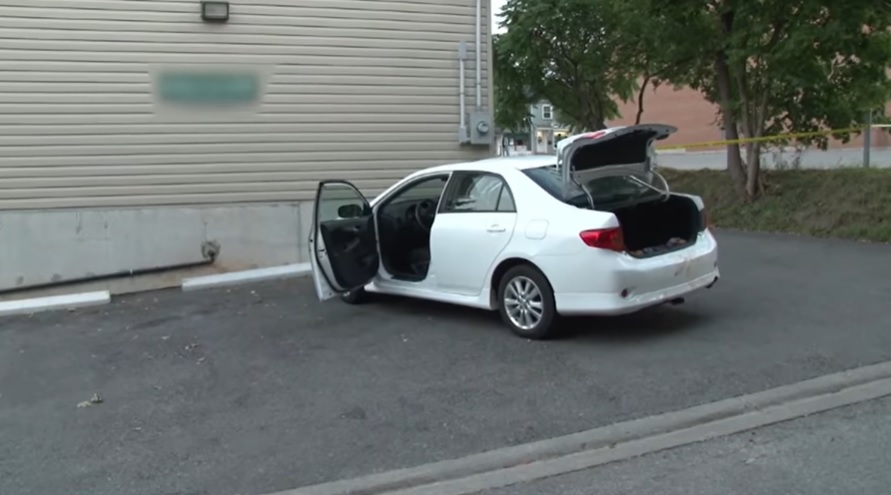
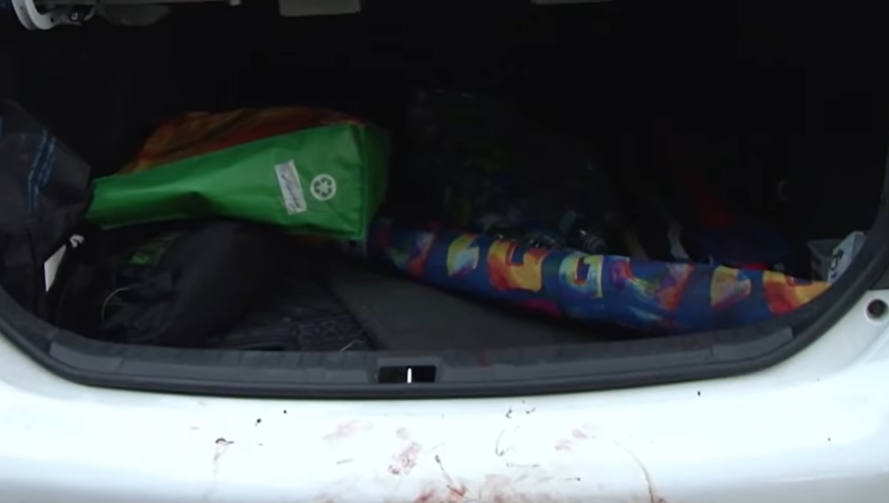
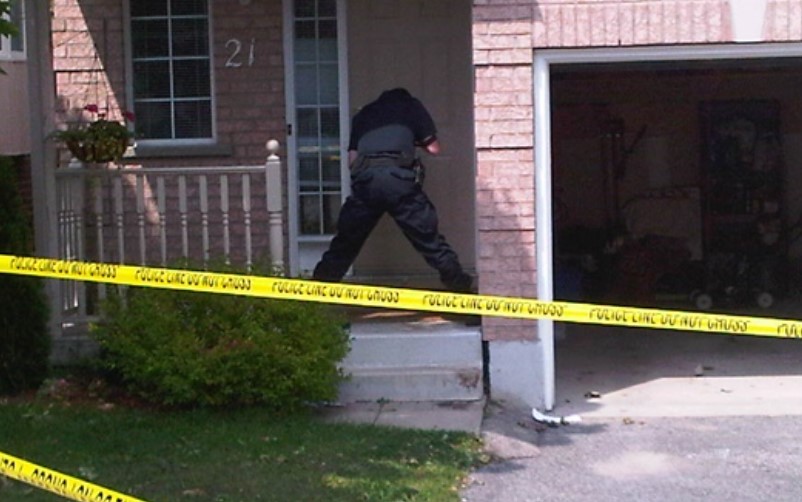
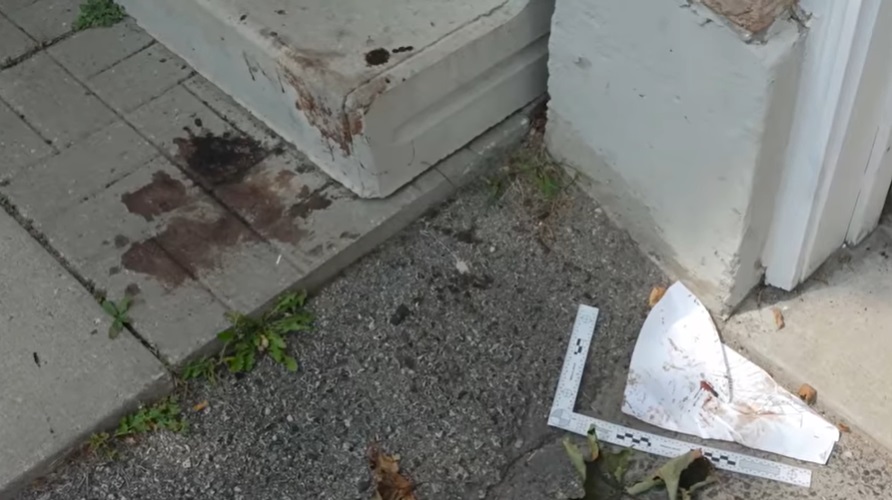

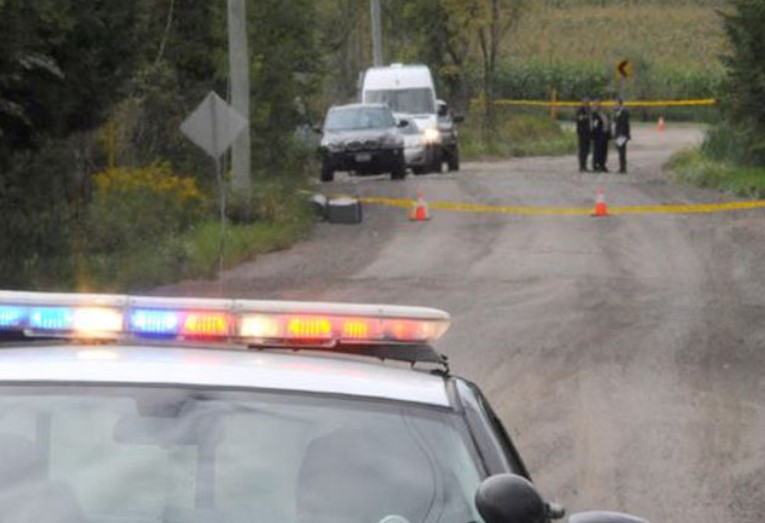
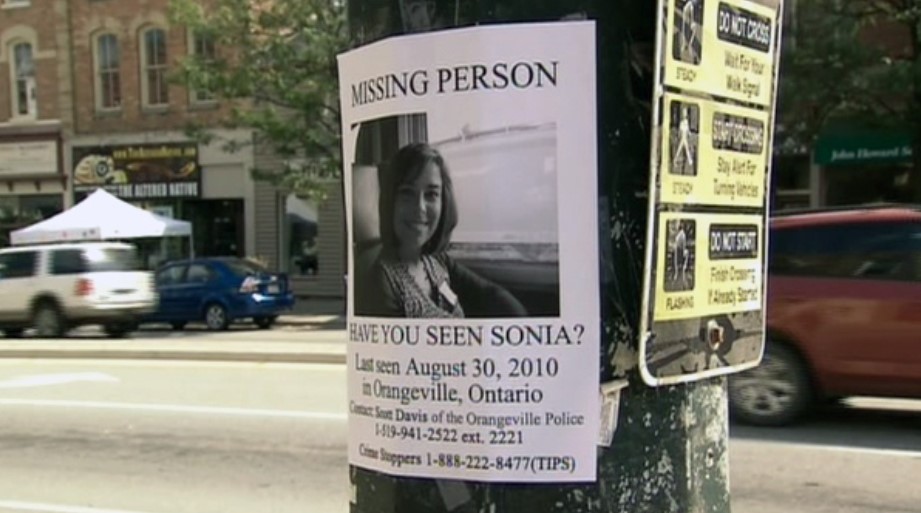
Episode Sources
- Sonia Varaschin | Obituary
- Orangeville police find missing woman’s bloodied car
- Blood-soaked bedsheets sought in Varaschin case
- Police continue to search for missing Ontario nurse
- Body near Orangeville identified as missing nurse
- Police in Orangeville appeal for help finding Sonia Varaschin’s killer
- Police say work boots key clue in Varaschin murder
- Varaschin family grapples with daughter’s murder
- OPP probing Orangeville-area attack on woman
- Police to update public on Varaschin murder probe
- Varaschin profile useful tool for murder probe: expert
- Officials taking new direction in Sonia Varaschin case
- Sonia Varaschin’s final days filled with strife, mother says
- OPP ask for DNA samples in Varaschin case
- Cops suspect Varaschin met her murderer on dating website PlentyOfFish.com
- Sonia Varaschin murder probe: Police break silence
- Police continue search for killer two years after Sonia Varaschin killed
- Big new reward in Orangeville murder investigation
- Sonia Varaschin’s mother not hopeful reward will help find killer
- Police release video in unsolved 2010 murder of Sonia Varaschin
- Sonia Varaschin Murder Investigation
- Five years later, Sonia Varaschin murder investigators ‘aren’t giving up’ on finding her killer
- Five years later, still no answers in Sonia Varaschin case
- Six years later: Investigation continues into the murder of Sonia Varaschin
- ‘Public the key’ to solving Sonia Varaschin murder
- Convicted murderer claims Varaschin, Loder attacker could have killed his wife
- ONTARIO COLD CASE: OPP could be searching for multiple suspects in unsolved Sonia Varaschin murder case
- Eight years later, identity of Sonia Varaschin’s killer still a mystery
- Familial DNA searches could help crack cold cases like Sonia Varaschin murder: Expert
- ‘Who left the DNA?’ Sonia Varaschin murder investigators exploring ‘new science’ to find Orangeville nurse’s killer
- Search for Sonia Varaschin’s killer continues 9 years later
- ‘We’re not going to rest’: Investigators vow to find Sonia Varaschin’s killer
- ONTARIO COLD CASE: Is an arrest close in brutal attack of Shelley Loder?
- Murder of Orangeville nurse Sonia Varaschin featured in new OPP unsolved homicide, missing persons video series
- ‘I have the right to know how she died’: Mother of murdered Orangeville nurse Sonia Varaschin to speak out in special ‘Crime Beat’ Global News feature
- 12 years on, OPP continue search for Sonia Varaschin’s killer
Episode Transcript
Welcome back to Bite-Sized Crime. This week I’m bringing you a case that has gone unsolved for far too long, a case that is so close to being solved if only someone will come forward with the truth. This episode discusses sensitive topics, so listener discretion is advised.
Sonia Varaschin grew up in Ontario, Canada, the oldest daughter in a tight-knit family. Her father, Attilio Varaschin, had emigrated from Italy and married French-Canadian Michele, settling in the Toronto area where Attilio worked as a plumber to support his young family. Tragically, their first-born son Vivien died in a car accident when he was just an infant, and this undoubtedly had a strong impact on the Varaschins. In 1968, Sonia was born; a few years later, she was followed by her brother Viv and sister Nadia.
Growing up, Sonia was a bright, happy child who loved to laugh. She took dance lessons and learned to ski, and she was never happier than when she was engaged in one of those activities. Her mother described her as “always moving, always busy”; Sonia was a ray of sunshine for those who knew her.
In her early adulthood, Sonia wasn’t quite so sure of what she wanted to do with her life. She had always been interested in fashion, so she started selling wedding dresses in a small Toronto shop. After that, she tried a few other things, and even moved across the country to Alberta for a while, but she eventually returned to Ontario and decided to follow her true calling: pediatric nursing.
Sonia graduated with honors from Humber College and was hired by a Toronto children’s hospital, where she worked in the burn unit and cancer ward. It was difficult, heartbreaking work, but Sonia loved her patients and found joy in caring for them. Her empathy for others was unmatched; according to her mother, Sonia saved every card and drawing given to her by her patients and their families, and she would hang them up around her home to see every day. She eventually took a job at Southlake Regional Health Centre in Newmarket where she worked with a wide variety of doctors and patients.
In 2010, Sonia was living in the small town of Orangeville, Ontario, about an hour outside of Toronto and not far from her parents’ home in Bolton. She had bought a townhome in a nice neighborhood right off the highway, and she had just accepted a position at a pharmaceutical company that she was excited about. She had a boyfriend, a job she loved, and a family who supported her. At 42 years old, Sonia was thriving.
On Sunday, August 29, 2010, Sonia was in Bolton having lunch with her parents at their home. Sonia and Michele sat at the kitchen table catching up, while Attilio washed her white Toyota in the driveway. Michele later noted that Sonia seemed really happy with how her life was going.
Sonia’s brother called and asked if she wanted to take the jet ski out on the lake that afternoon, but Sonia told him that she was going to pass this time – she wanted to spend some time brushing up on her French, since her new job at the pharmaceutical company required her to be bilingual. She told Viv that she would come next time.
Later that evening, once she was back home in Orangeville, Sonia called her mother and left a voicemail, asking Michele if she could bake a cake for a friend who was coming to visit.
It was last time Michele would hear her daughter’s voice.
On Monday, August 30th, Orangeville Police responded to a report of an abandoned vehicle behind the town hall. When they arrived around 10am, they found a white Toyota Corolla parked in the narrow laneway, its front doors and trunk wide open. On the rear bumper, officers found smears of blood.
They immediately roped off the scene and ran the vehicle’s plates. It was registered to Sonia Varaschin.
While police were processing Sonia’s car, her family was wondering where she was. She hadn’t shown up for work that day, which was completely out of character for her. As soon as they heard this, Sonia’s parents didn’t waste any time – they called the Orangeville Police and reported her missing.
Investigators quickly put the pieces together. They had an abandoned car smeared with blood, and its owner hadn’t been seen since the day before. Clearly something had happened to Sonia, and they needed to find her.
The Toyota had been parked less than a mile from Sonia’s townhouse, and that was the next logical location for investigators. When they arrived, their suspicions were confirmed; there was blood on the front steps, and Sonia was nowhere to be found.
Investigators began knocking on doors, hoping that someone had seen something, but it seemed that the neighborhood had been quiet. Sonia’s next-door neighbor said that she even had her windows open the night before, since the weather had been so nice, but she hadn’t heard anything out of the ordinary. Also, there was no sign of forced entry at Sonia’s house. Investigators theorized that perhaps Sonia had willingly let someone into her house, then was caught by surprise. It was possible that no one would have seen or heard anything.
Authorities in Orangeville contacted the Ontario Provincial Police for assistance in the case. They set up a dedicated tip line and asked the public to call in with any information, no matter how small. Over the next few days, search teams scoured the area near Sonia’s townhome and the park next to where her car was found. Helicopters and canine units were deployed to cover even more ground.
The news that a woman had disappeared and had possibly been attacked spread quickly in the small town, a town that was generally seen as peaceful and safe. Constable Jonathan Beckett from the Ontario Provincial Police assured the public that they were working hard to find out what happened. “We’re going to leave no stone unturned. We have a specialized team of investigators who are on scene.”
On September 3rd, investigators held a press conference. Sonia had been missing for five days, and they still didn’t have a suspect. However, they did believe she was the victim of foul play.
According to Detective Inspector Mark Pritchard, crime scene investigators had found blood inside Sonia’s home, including a long trail leading out the front door and into the driveway. “It’s quite apparent from our scene examination that when the culprit left the scene, he was covered in a significant amount of blood. The blood would be expected to be on both footwear and clothing.”
Pritchard also announced that investigators were looking for two pieces of bedding that were missing from Sonia’s home: a beige fitted bed sheet and matching comforter. They believed that both pieces would be soaked with blood, and could have been used to transport Sonia’s body.
Investigators also believed that the suspect used Sonia’s car to remove her from the home, then abandoned the vehicle behind the town hall. Whoever it was was probably familiar with the Orangeville area and familiar with Sonia, whether she knew them or not.
On September 5th, a man walking his dog in the neighboring town of Caledon came across the body of a woman left on the side of a dirt road. Two days later, officials confirmed that the body was that of Sonia Varaschin.
The Ontario Provincial Police ruled Sonia’s death a homicide, but did not offer any additional details about how she died, preferring to keep that information confidential to preserve the investigation. However, they urged residents of the Orangeville and Caledon areas to come forward with any tips that might lead to an arrest, and a $2000 reward was put forth. “We believe that someone in the community holds the key to solving this homicide.”
Authorities also announced that they believed Sonia’s killer wore a specific brand of work boots in men’s size 10 or 11, boots made by either Wind River or Dakota and sold exclusively at Mark’s Work Wearhouse, a clothing retailer with hundreds of stores across Canada. At a press conference on September 8th, police displayed several pairs of boots, the distinctive tread pattern facing outward, so that members of the media could circulate images to the public.
Meanwhile, the Varaschin family was grieving the loss of their beloved Sonia. In an interview with the Toronto Star, Michele said, “I’m still not believing it yet. I feel like she’s been [on] a trip and will come back anytime.” The family expressed their frustration with not knowing what had truly happened to Sonia; apparently, the police weren’t just keeping certain details from the public, but from the family as well.
As the weeks and months passed, police continued to investigate, but there didn’t seem to be much movement in the case. They interviewed people close to Sonia, including her boyfriend Ian, a married man Sonia had been seeing off and on for the past year, but he was cleared as a suspect. Every lead seemed to fizzle out.
Strangely, there were several other attacks on women in the area in the months after Sonia’s death, and police looked into each one, wondering if they were all somehow connected. On October 6th, Adrienne Roberts, a 33-year-old paramedic from Guelph, Ontario, was found murdered in the basement of her home. On December 8th, Shelley Loder, a 44-year-old photographer, was brutally attacked in her studio in Mono, just miles away from Orangeville. Shelley managed to survive her attack and was able to give police a description of her assailant. Three women of similar ages and life circumstances, all attacked within a 30-mile radius just months apart. But as time passed, investigators could not find anything linking the cases together. Adrienne’s husband was later convicted for her murder, and Shelley’s attacker slipped into the shadows.
In December of 2010, investigators in Sonia’s case announced that they had partnered with the FBI’s Behavioral Analysis Unit to develop a criminal profile of the person they believed killed Sonia. According to Detective Pritchard, Sonia’s killer was a man not just familiar with the town of Orangeville, but also the rural roads where Sonia’s body was later found. He would have displayed altered behavior after killing Sonia, possibly drinking more heavily than usual or missing work for an extended period of time. He may have tried to isolate himself and acted angry and irritated with others. Pritchard also suggested that the killer may have moved out of his house in the first weeks of September. “Someone familiar with the killer may recognize these traits and we are appealing to that individual — or these people — to come forward and call the police immediately.”
Pritchard also reminded the public of the distinctive boots worn by the killer, and the fact that they believed he had used Sonia’s white Toyota Corolla to transport her body from her house to the wooded area in Caledon, then driven the car back to Orangeville before abandoning it behind the town hall.
Investigators hoped that this profile would jog someone’s memory and generate new leads, but again, months passed with no arrests. In early 2011, Detective Andy Karski took over as lead investigator on Sonia’s case and began re-interviewing people who knew her or who may have interacted with her. Karski told the Toronto Star, “We’re taking a look at all the issues surrounding her life – her friends, her work associates. All that is part of the ongoing investigation.”
Karski soon discovered that Sonia had been involved in some conflict at the health center where she had worked. A few months before her death, Sonia had been confronted by a supervisor after she had changed the dosage of a patient’s medication without authorization. Sonia had told her mother that the confrontation had created unbearable tension between the coworkers; Sonia eventually left the health center and accepted a job with a pharmaceutical company. Karski explored this avenue, but Sonia had left the job on her own terms and there didn’t seem to be any hard feelings on either side.
Karski also looked again at Sonia’s neighbors. There had been several young men renting a townhome a few doors down from Sonia, and Sonia had told her mother that they were loud and rowdy late into the night. Sonia had even called the police on them a few times. But the young men had moved away ages ago, and the lead didn’t go anywhere.
Another avenue that Karski explored was Sonia’s digital footprint. Investigators had Sonia’s computer in their possession, and they discovered that she had been communicating with several men on the dating site Plenty of Fish. Had Sonia been killed by someone she met online? This widened the pool of potential suspects exponentially.
On May 24, 2011, investigators made a bold move: The Ontario Provincial Police asked members of the public to voluntarily submit DNA samples.
In a press conference, Detective Karski made it clear that they had the killer’s DNA, they just needed to find the match. “By providing a DNA sample you will assist in our efforts to catch the person responsible for the senseless and brutal slaying of this young girl and bring them to justice… It is completely confidential and by agreeing to provide this voluntary sample you will be doing a great service to your community and public safety.”
Naturally, this announcement garnered some opposition. The Canadian Civil Liberties Association condemned the move, calling it coercive and saying that individuals would feel obligated to give up their privacy. But the police defended their decision, saying that all samples would be destroyed after the investigation. They moved forward with the plan, and over the next fifteen months, they collected over 600 DNA samples. In August of 2012, Karski told the Toronto Star that Sonia’s case was still open and active, and they were methodically moving through every lead and connection they could find.
But time continued to move forward. Every few months, a new search would take place, usually centered around Orangeville and Caledon. Tips would trickle in from the public, and police would investigate each one. But as each year passed, the updates came less frequently.
On the three-year anniversary of Sonia’s death, police announced a $50,000 reward for any information leading to the arrest of Sonia’s killer. On the four-year anniversary, they released a grainy surveillance video, which showed two people in a park gazebo near where Sonia’s car was abandoned. The individuals were later found and ruled out as suspects.
Five years into the investigation, there was a new team of detectives on the case, but still very little movement. Detective Inspector Shawn Glassford told the Orangeville Banner that they hadn’t given up on finding Sonia’s killer. “There is frustration because we can’t solve it but the dedication is there… It is just one of those cases that has been very difficult to solve.”
Seven years in, Detective Glassford said that he hoped new DNA technology could help them move forward with identifying their suspect. Eight years in, he said they were closer than ever to solving the case. Even after nine long years, Glassford insisted that the case was not cold. “This case has always been active. It has always been investigated… We have never not been investigating… This team is stubborn and we’re working. We’re trying to move this forward. We’re frustrated. Can you imagine how the family feels?”
And he was right, Sonia’s family was frustrated, and they still are. In the twelve years since Sonia was taken from them, her family has tried to move on. Attilio and Michele eventually moved out of their home in Bolton, away from the painful memories left there. Sonia’s siblings are raising their own families, children who will never know their aunt. And the family still doesn’t know how Sonia died or who killed her. Police are keeping that information hidden, hoping that someday Sonia’s killer will be caught, and only he will know the truth of what happened.
Police are still actively seeking information that could help solve this case. If you have any information about the death of Sonia Varaschin, please contact the Ontario Provincial Police or visit canadiancrimestoppers.org to submit a tip. It’s never too late to find justice for Sonia.
